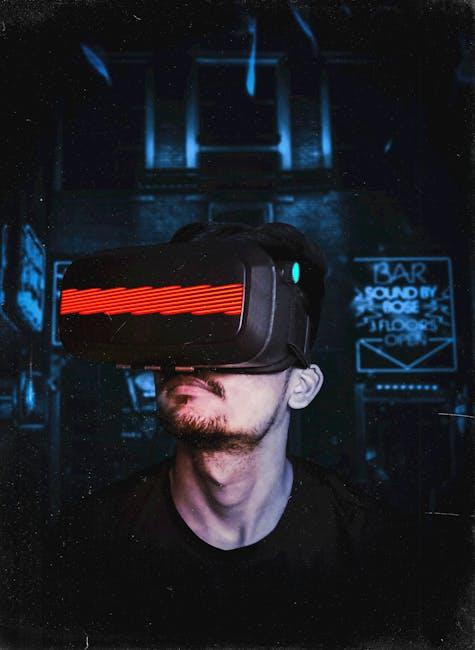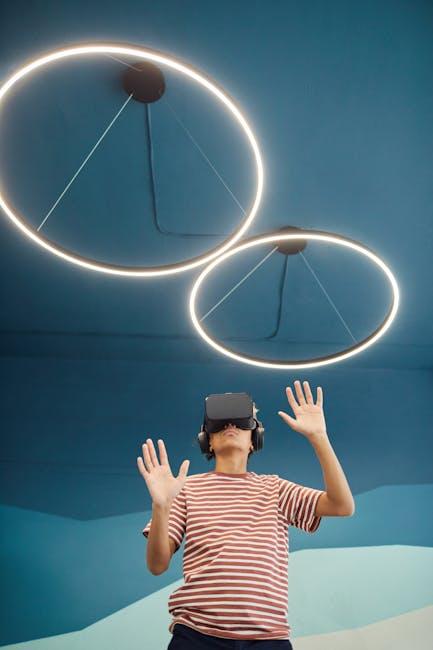
Virtual Reality: A ‘Flight Simulator’ for Dental Students – NYU
Dental education is undergoing an exciting transformation at New York University (NYU) with the incorporation of Virtual Reality (VR) technology. Much like how commercial pilots train extensively on flight simulators before flying real planes, dental students at NYU are now honing their skills in highly realistic VR environments. This innovation is not only enhancing learning outcomes but also broadening the horizons of how dental training can be conducted efficiently and safely.
Introduction to Virtual Reality in Dental Education
Virtual Reality offers immersive 3D environments where users can interact with objects and scenarios as if they were real. For dental students, this means practicing complex procedures without the risks associated with real-life patient care. NYU’s adoption of VR technology as a “flight simulator” for dentistry exemplifies how education is evolving through cutting-edge tools.
Using VR helps students gain practical experience, improve their hand-eye coordination, and build confidence—all essential components before working on actual patients.
Why NYU Calls VR a ‘Flight Simulator’ for Dental Students
NYU dental faculty liken VR to a flight simulator because it offers repetitive, controlled practice in a risk-free environment:
- Safe Learning Space: Mistakes don’t harm patients, allowing students to refine techniques without fear.
- Repeated Practice: Users can rehearse procedures multiple times to build muscle memory and precision.
- Realistic Simulations: VR replicates the oral cavity anatomy with high detail, simulating various scenarios and complications.
- Immediate Feedback: Interactive VR technology tracks performance and provides instant assessment on errors and improvements.
Benefits of Virtual Reality for Dental Students at NYU
The integration of VR in dental education is rapidly gaining momentum thanks to its many advantages, particularly at prestigious institutions like NYU. Here are some key benefits:
| Benefit | Description |
|---|---|
| Enhanced Skill Development | Students develop strong psychomotor and clinical skills through repeated practice. |
| Increased Student Confidence | Familiarity with procedures reduces anxiety during real patient treatments. |
| Cost-Effective Training | Reduces the need for physical models, materials, and extra faculty supervision time. |
| Personalized Learning | Customizable modules cater to varying skill levels and learning paces. |
| Remote and Safe Access | Students can practice remotely, an advantage especially highlighted during the COVID-19 pandemic. |
How Virtual Reality Works as a Flight Simulator for Dentistry
The VR system used at NYU combines advanced hardware and software to create a highly interactive virtual dental clinic. Here’s an overview of how it works:
- VR Headset & Controllers: Students wear a VR headset that delivers stereoscopic 3D visuals and holds controllers mimicking dental tools.
- Haptic Feedback: Specialized force feedback instruments simulate resistance and tactile sensations to mimic real dental procedures.
- 3D Oral Anatomy Models: Highly detailed virtual mouths and gums allow students to explore anatomy and practice different treatments like drilling, filling, and crown preparation.
- Real-time Evaluation: The software tracks hand movements and procedure accuracy, offering data-driven feedback.
Types of Procedures Practiced in VR
- Tooth cavity preparation and filling
- Root canal therapy simulations
- Periodontal scaling and cleaning
- Orthodontic bracket placement
- Surgical procedures such as tooth extractions
Case Study: NYU’s Success with VR Dental Training
In a recent pilot program at NYU College of Dentistry, over 100 students engaged in VR-based training modules during their operative dentistry course. Here are some notable outcomes:
| Metric | Traditional Training | VR-Assisted Training |
|---|---|---|
| Average Procedural Accuracy | 72% | 89% |
| Student Confidence Level | 65% | 90% |
| Time to Complete Procedure | 45 mins | 30 mins |
| Faculty Intervention Frequency | 15 times per session | 5 times per session |
These results illustrate that VR training dramatically improved the students’ precision, efficiency, and confidence in clinical tasks.
Practical Tips for Dental Students Using VR
If you’re a dental student excited to leverage virtual reality in your studies, here are some helpful tips to get the most out of your VR practice sessions:
- Familiarize Yourself with Equipment: Spend time getting comfortable with VR controls and haptics before diving into complex simulations.
- Practice Regularly: Frequent sessions reinforce techniques and help transfer skills to real-life settings.
- Review Feedback Carefully: Use the system’s assessment to identify weaknesses and tailor your practice.
- Simulate Diverse Cases: Explore a variety of clinical scenarios to develop adaptability.
- Combine VR with Traditional Methods: Supplement VR practice with hands-on patient care and mentorship.
Firsthand Experience: What Students Say About VR at NYU
“Using the VR simulator felt like a game-changer for my education. I was able to practice drilling and filling cavities repeatedly without any fear of making mistakes on real patients,” shares Sarah M., a third-year NYU dental student.
Another student, James K., notes, “The immediate feedback helped me correct my hand positioning and technique on the spot. It’s an efficient way to build confidence before seeing patients.”
Such testimonials reflect the high student satisfaction and engagement with this innovative training tool.
Conclusion: The Future of Dental Education is Immersive
NYU’s pioneering use of Virtual Reality as a “flight simulator” for dental students embodies the future trajectory of dental education—immersion, interactivity, and safety. Through VR, students acquire essential clinical skills in a controlled environment, greatly improving their readiness and confidence for real patient care situations.
As VR technology continues to evolve, its role in dental curricula is expected to expand, further enhancing learning experiences and patient outcomes. For dental students and educators alike, embracing VR represents a transformative opportunity to elevate the standards of dental training worldwide.
Explore NYU’s VR dental program today and see how virtual reality is reshaping the art and science of dentistry education!


